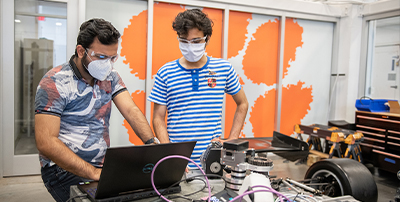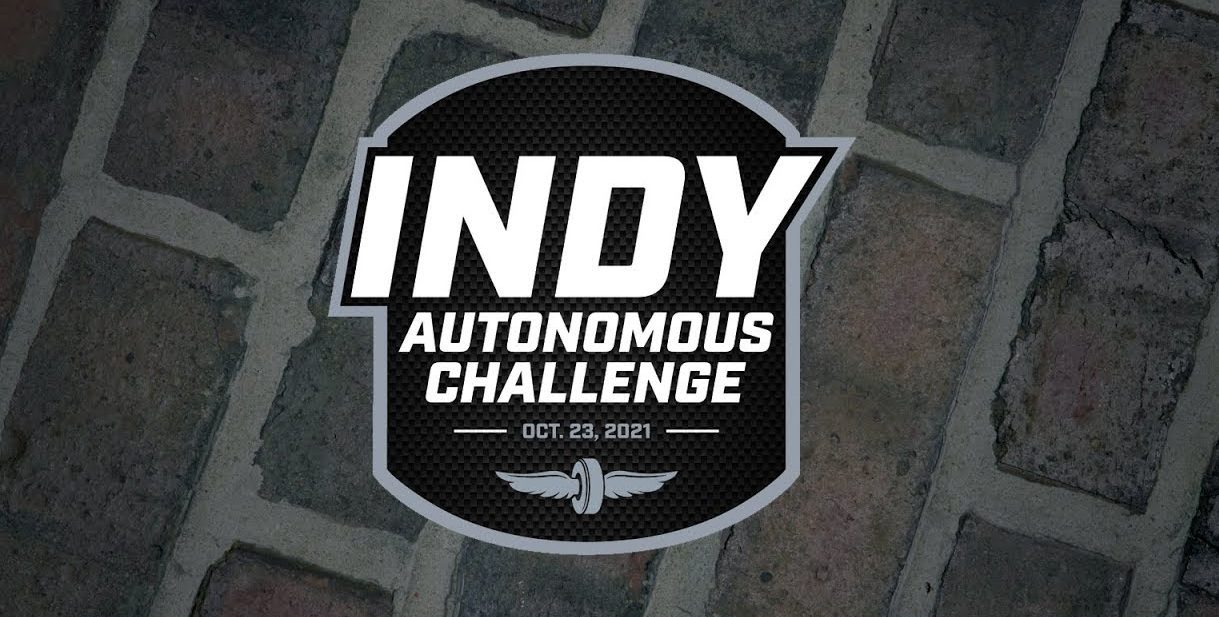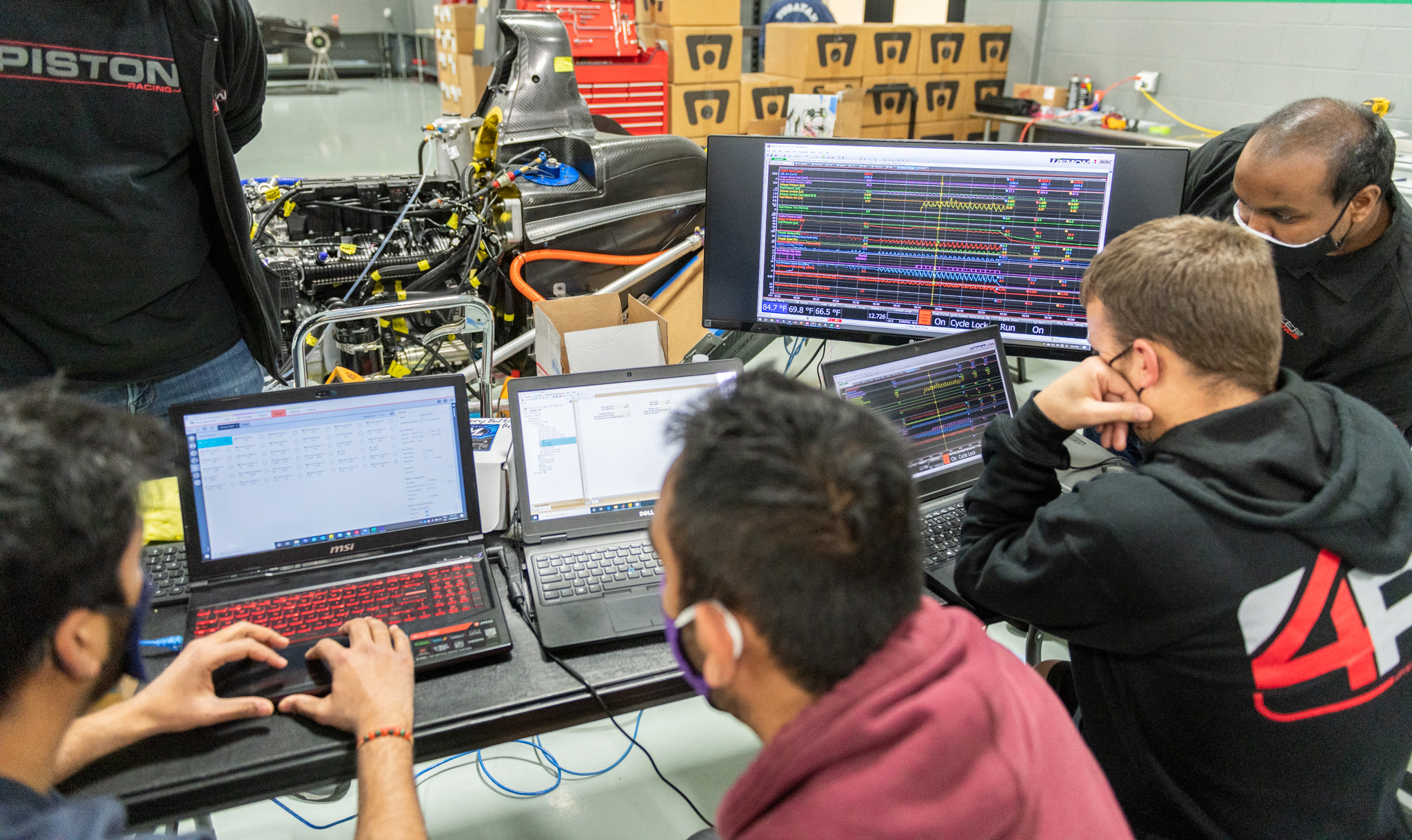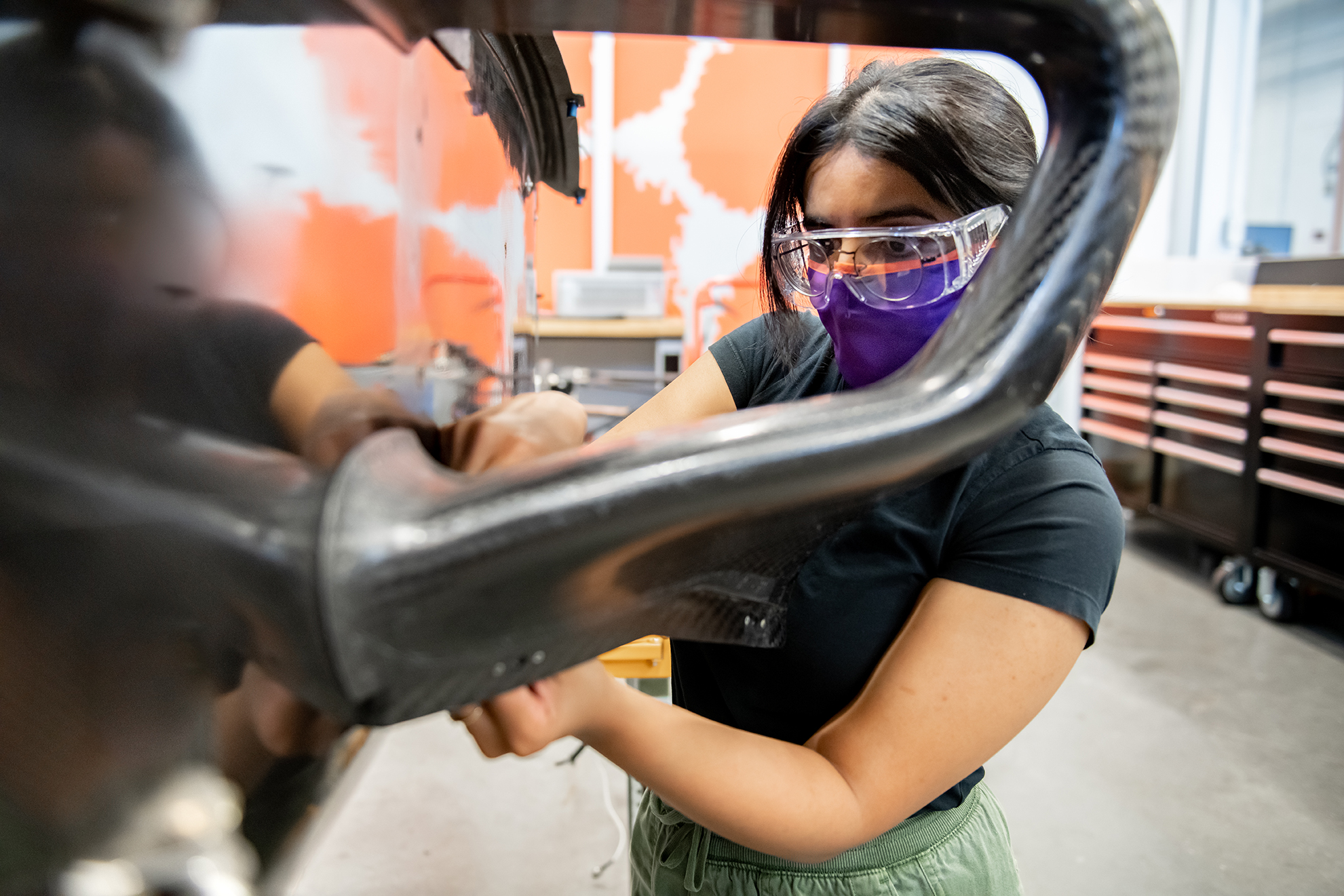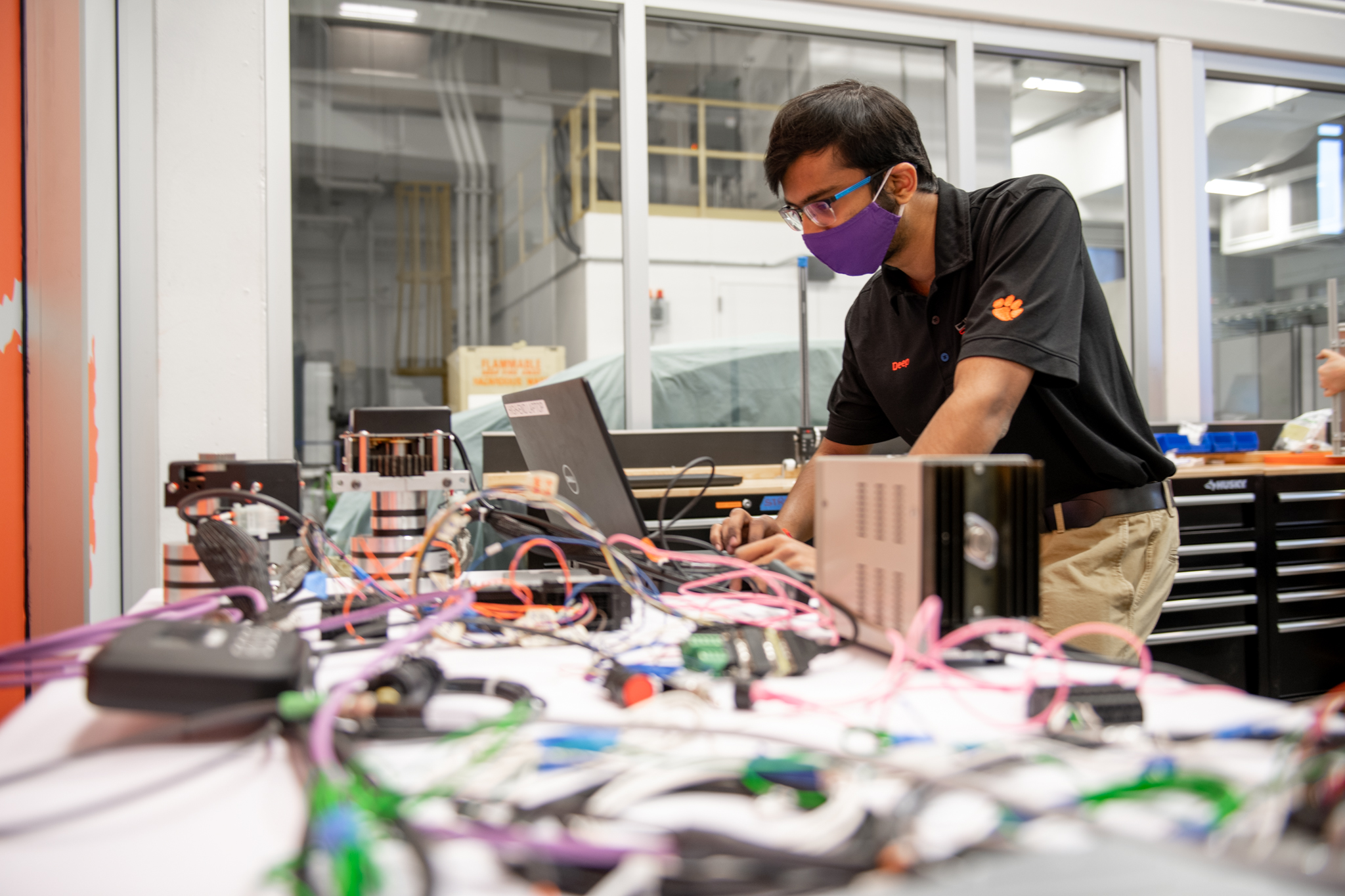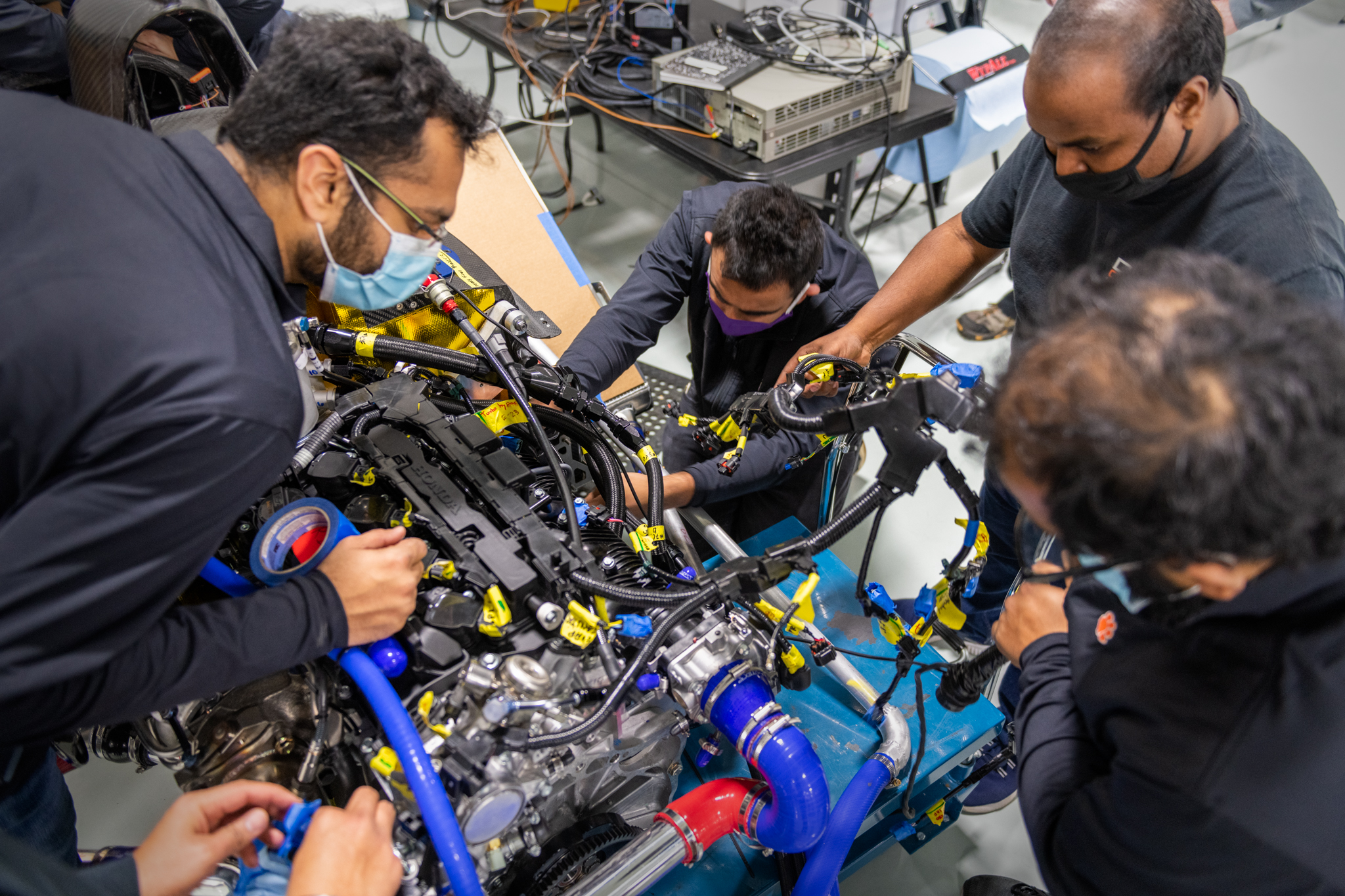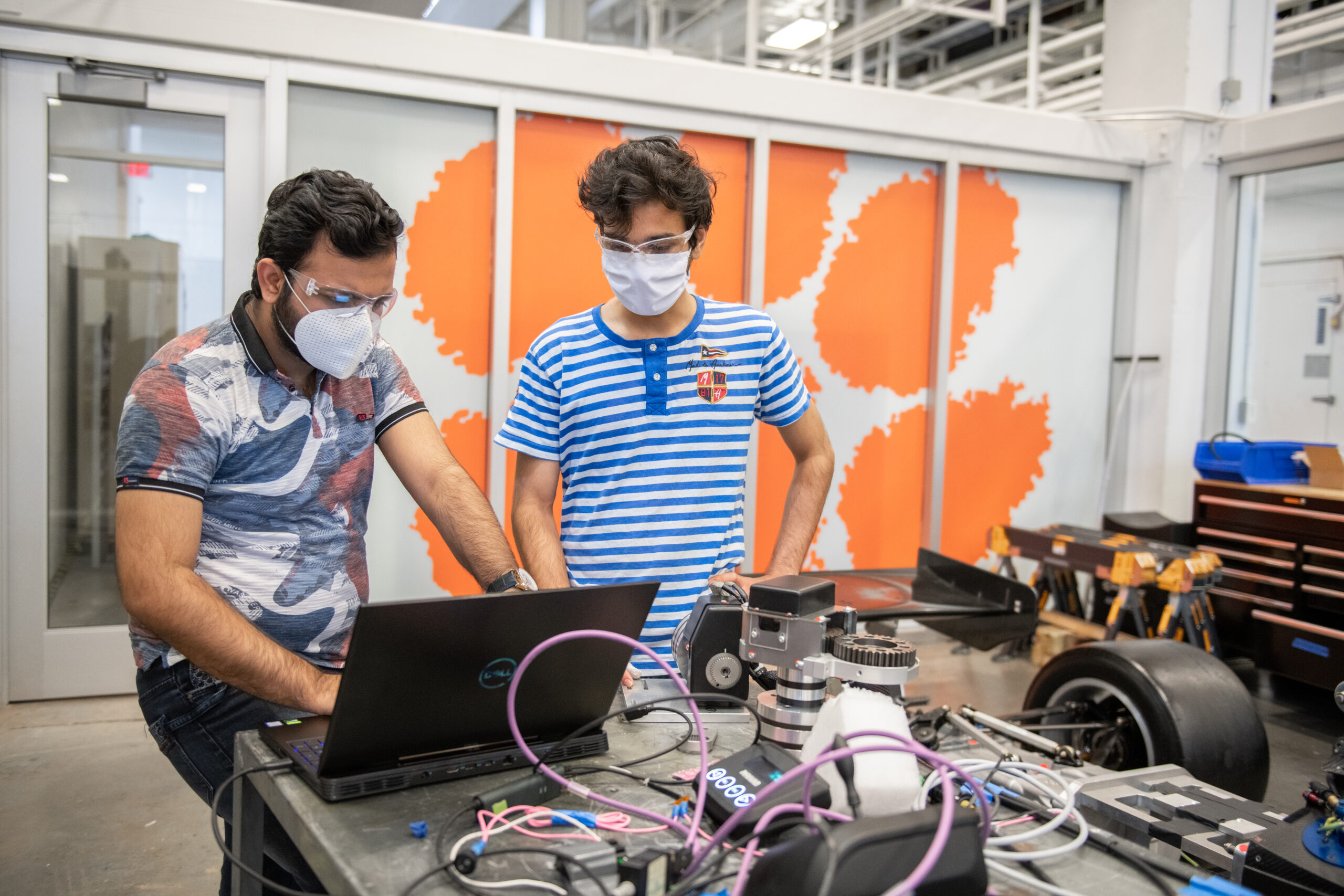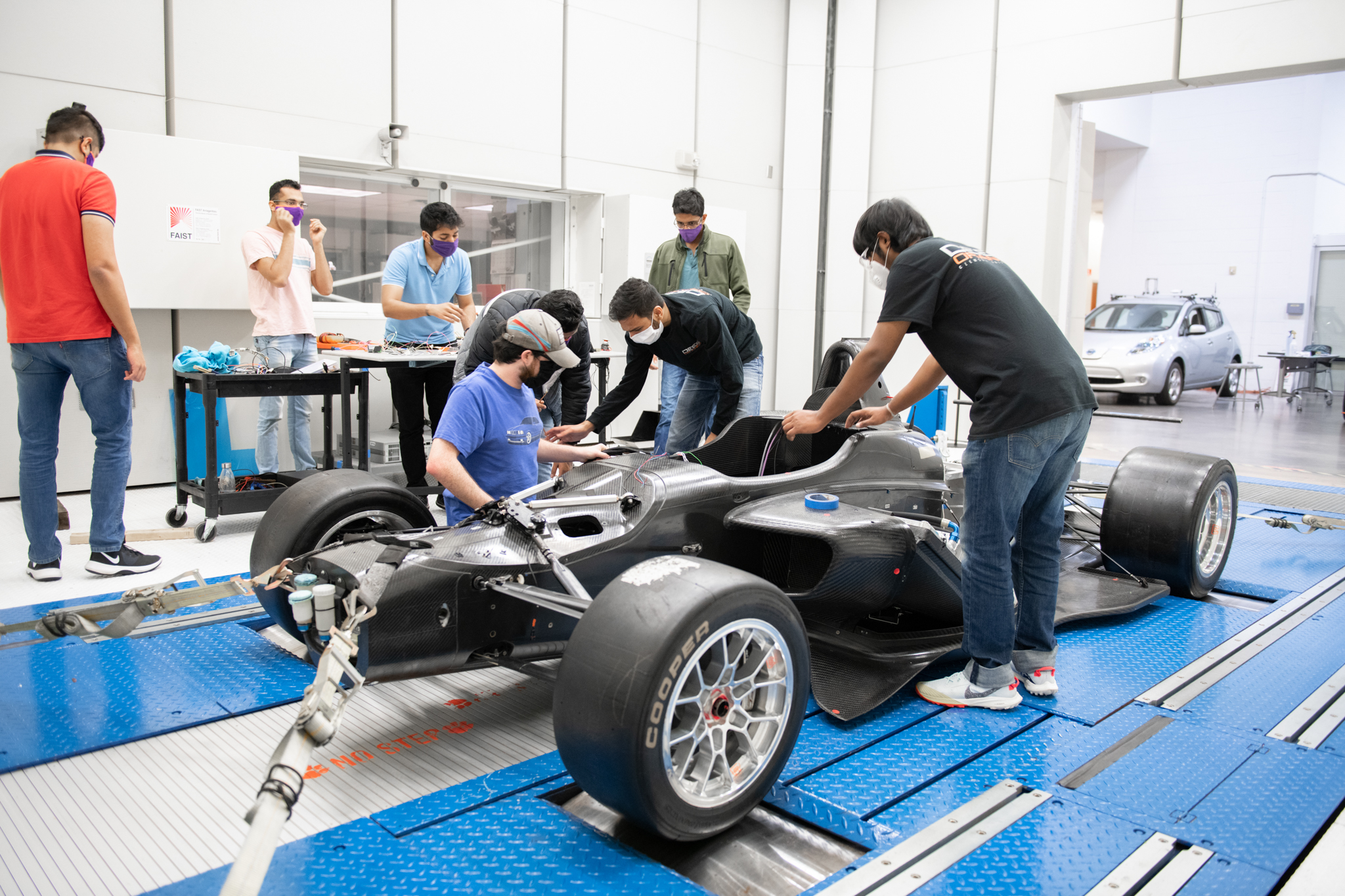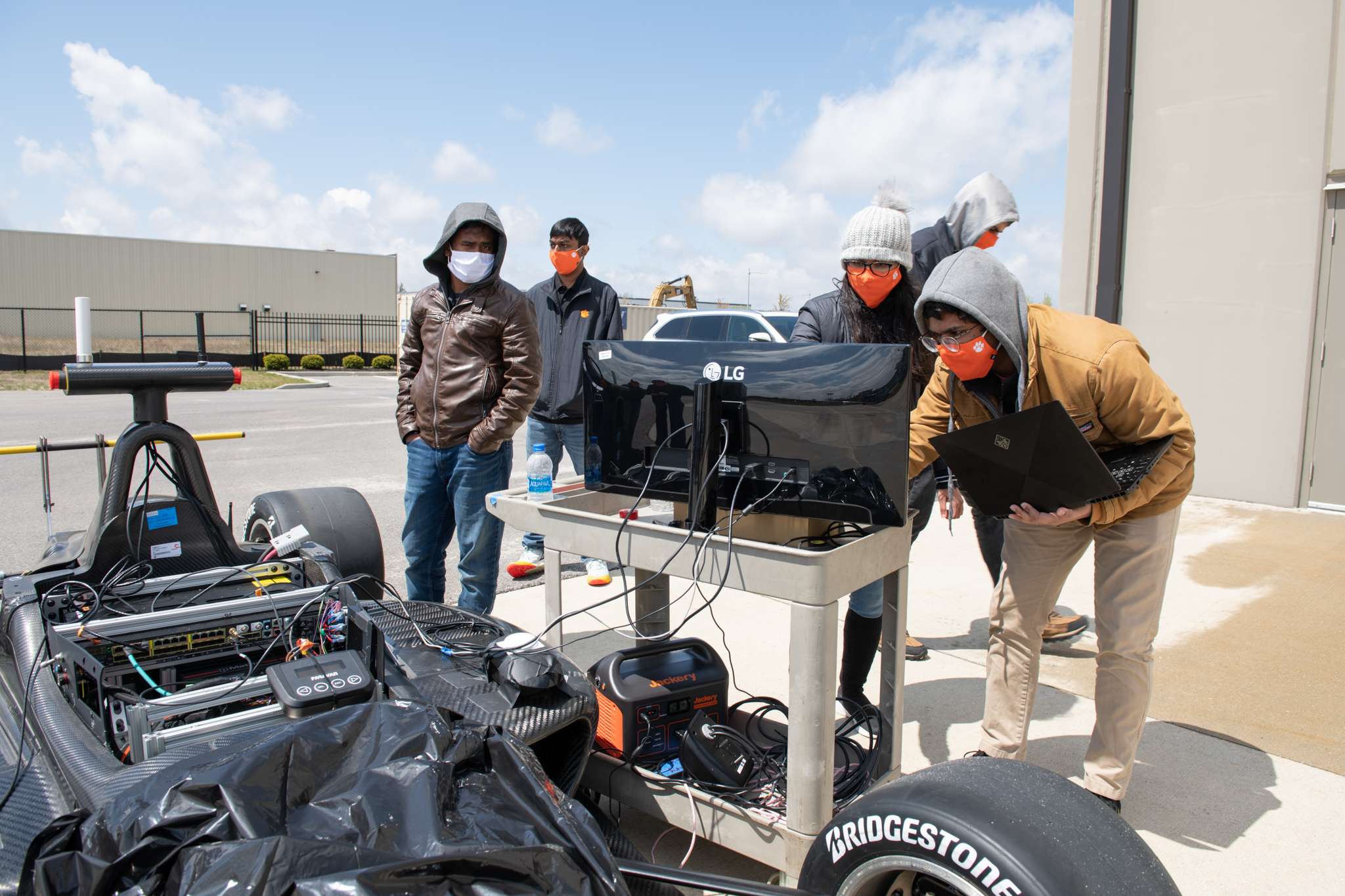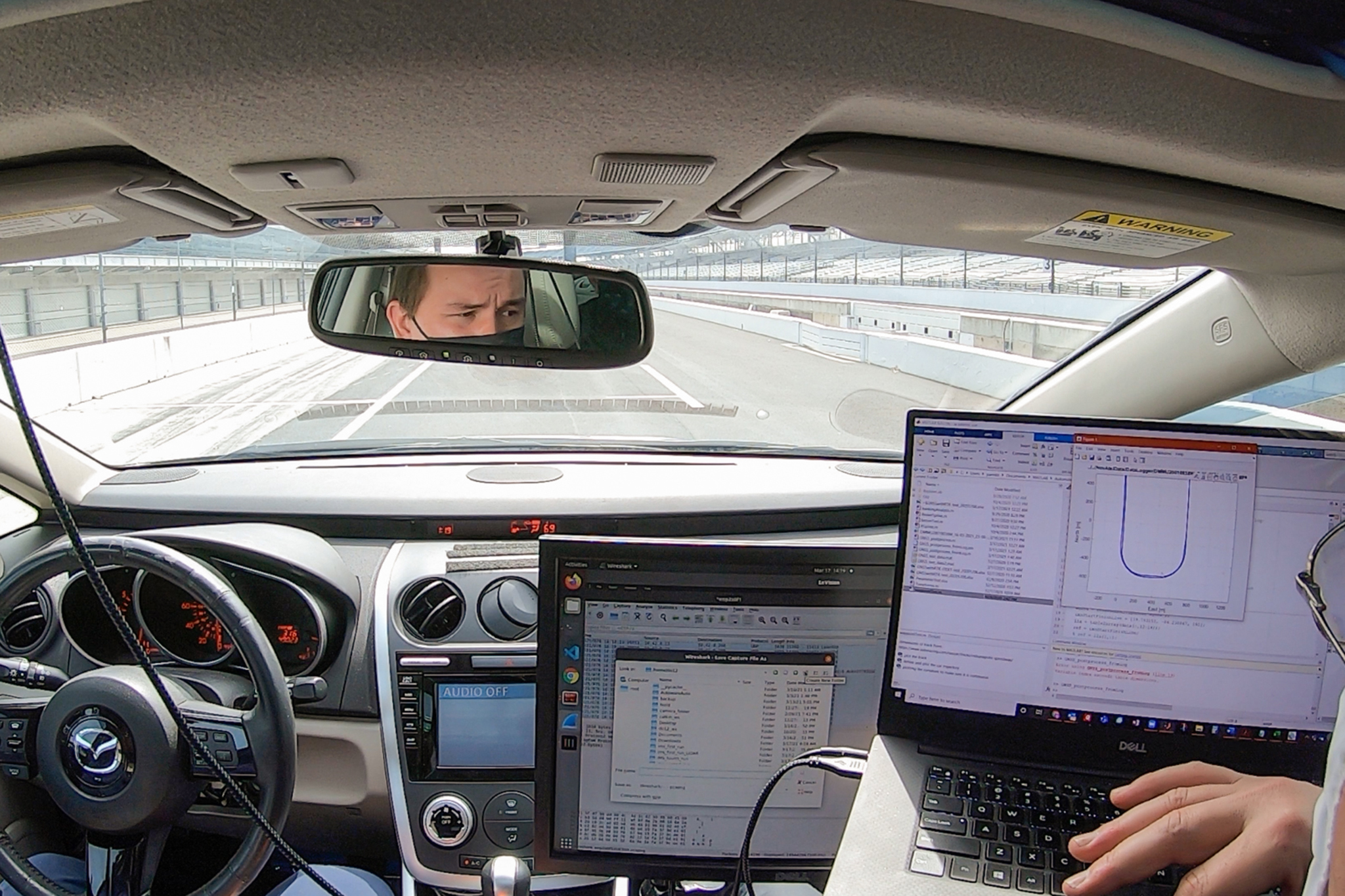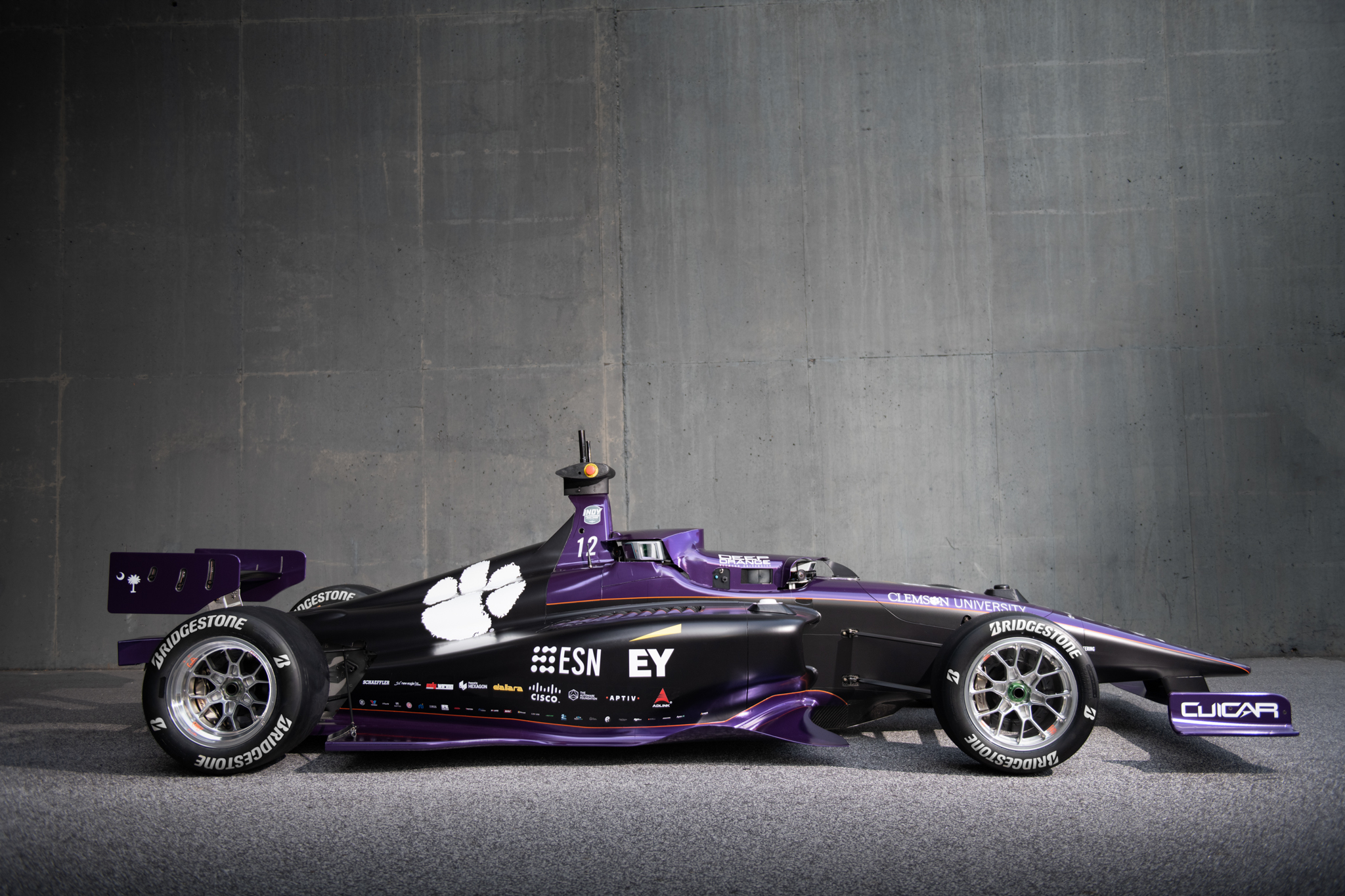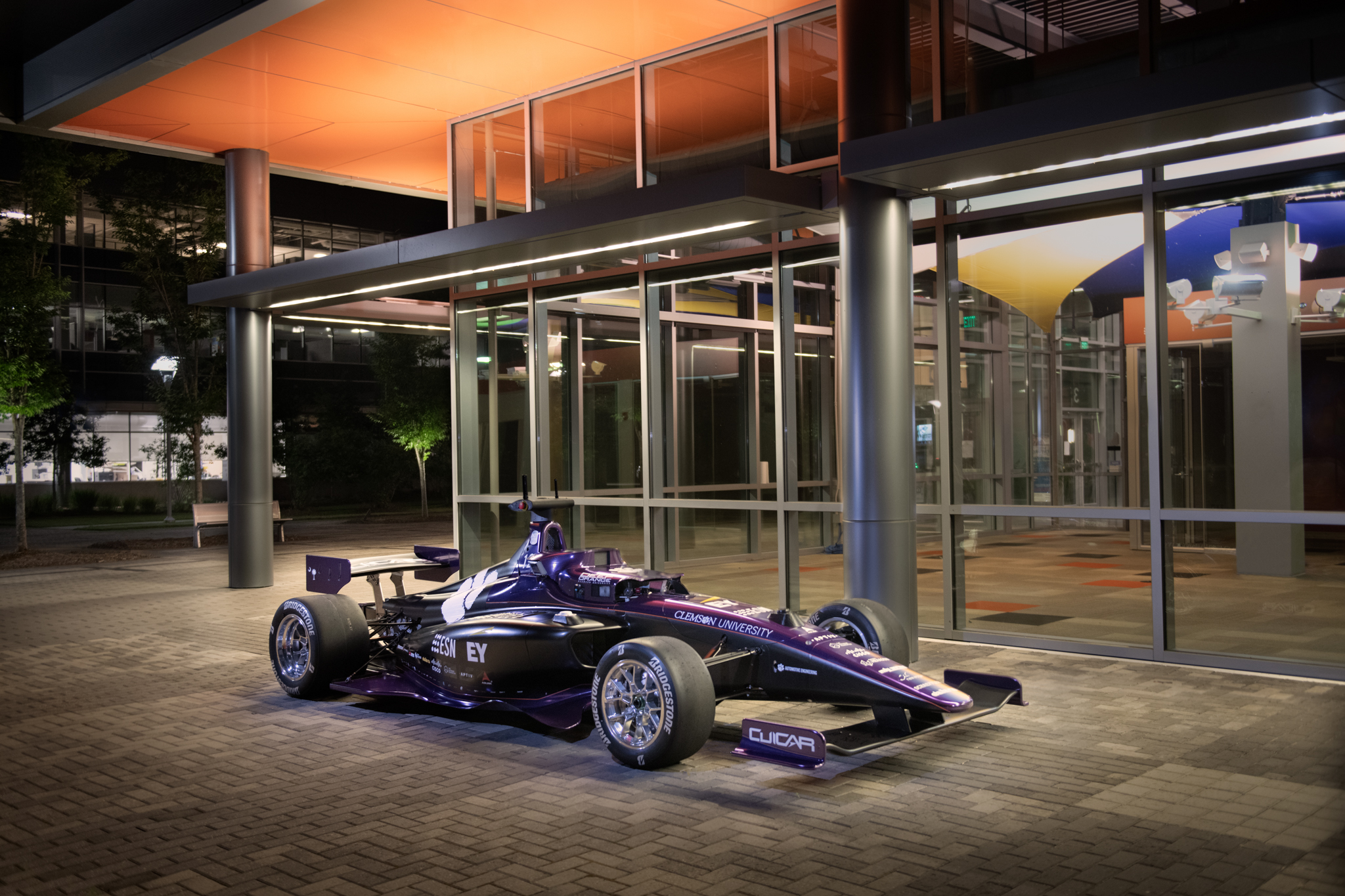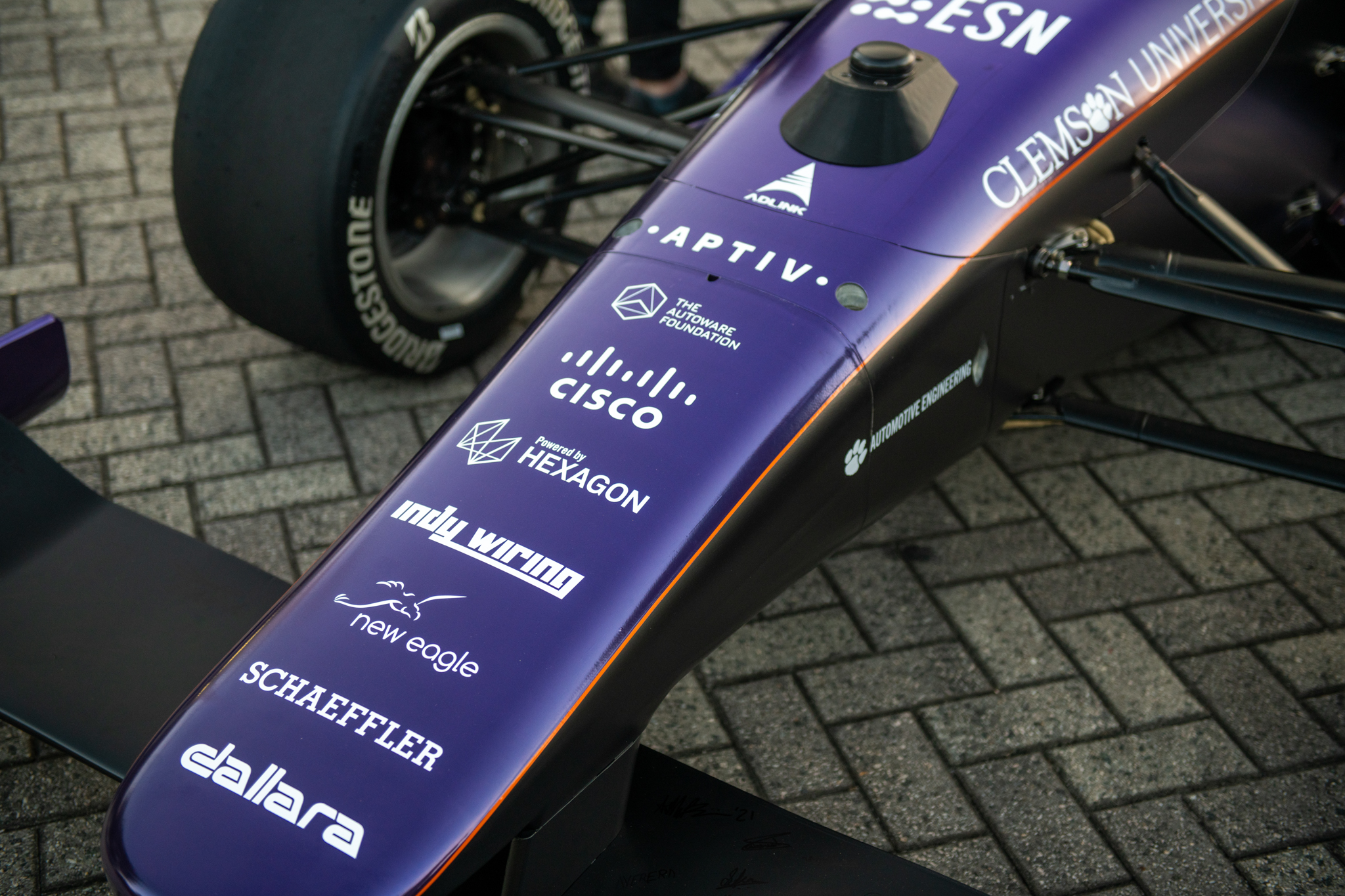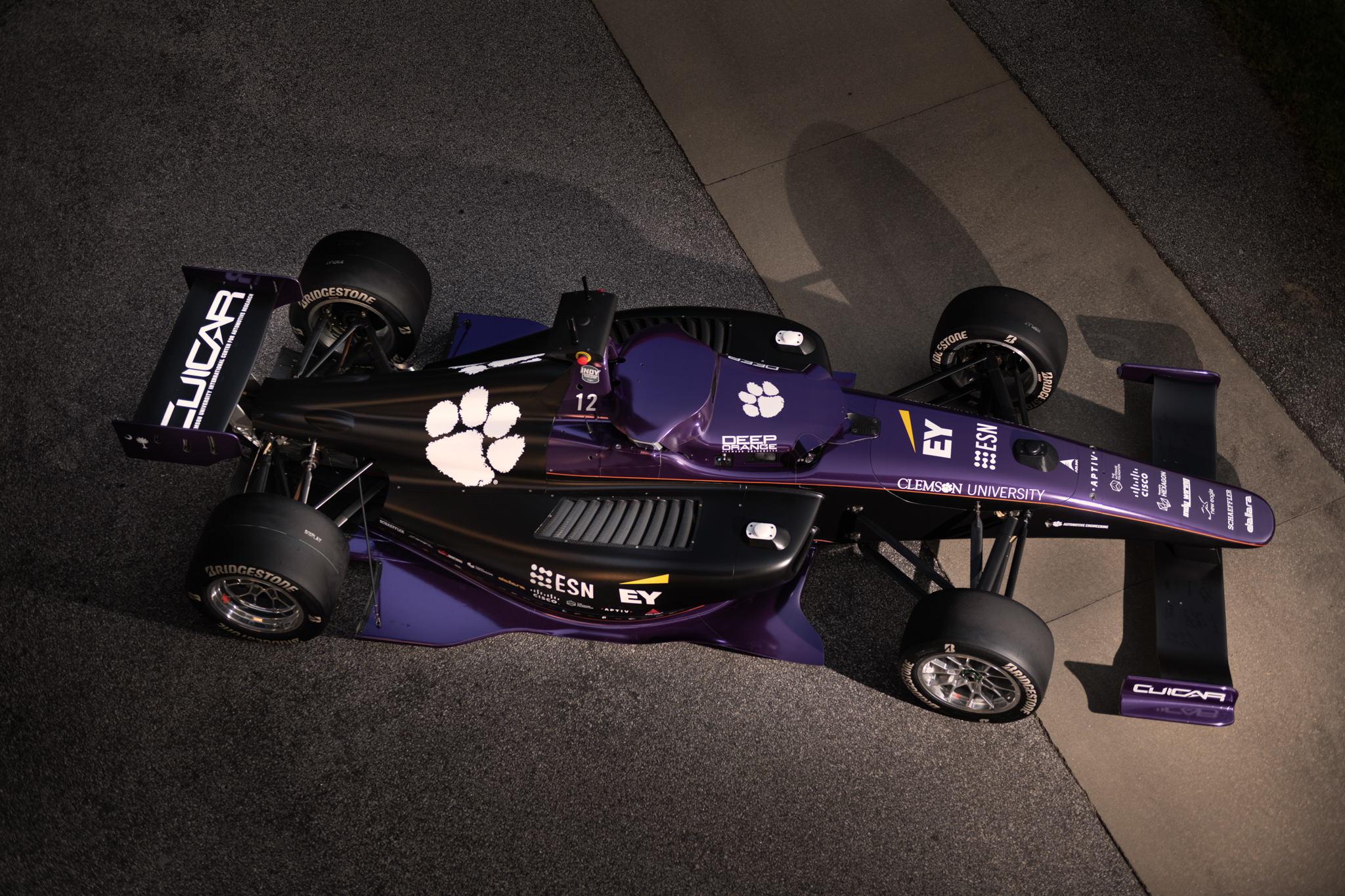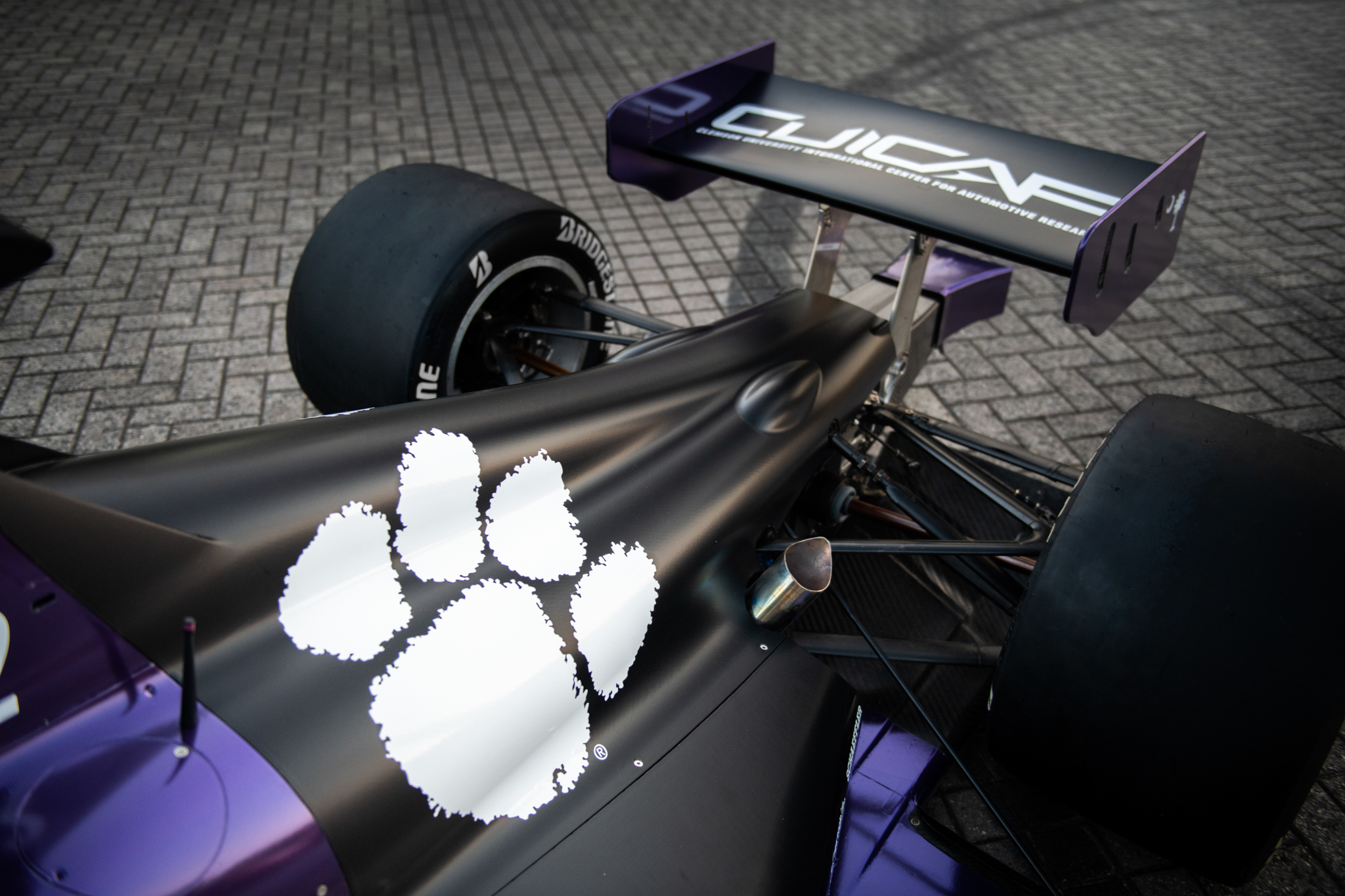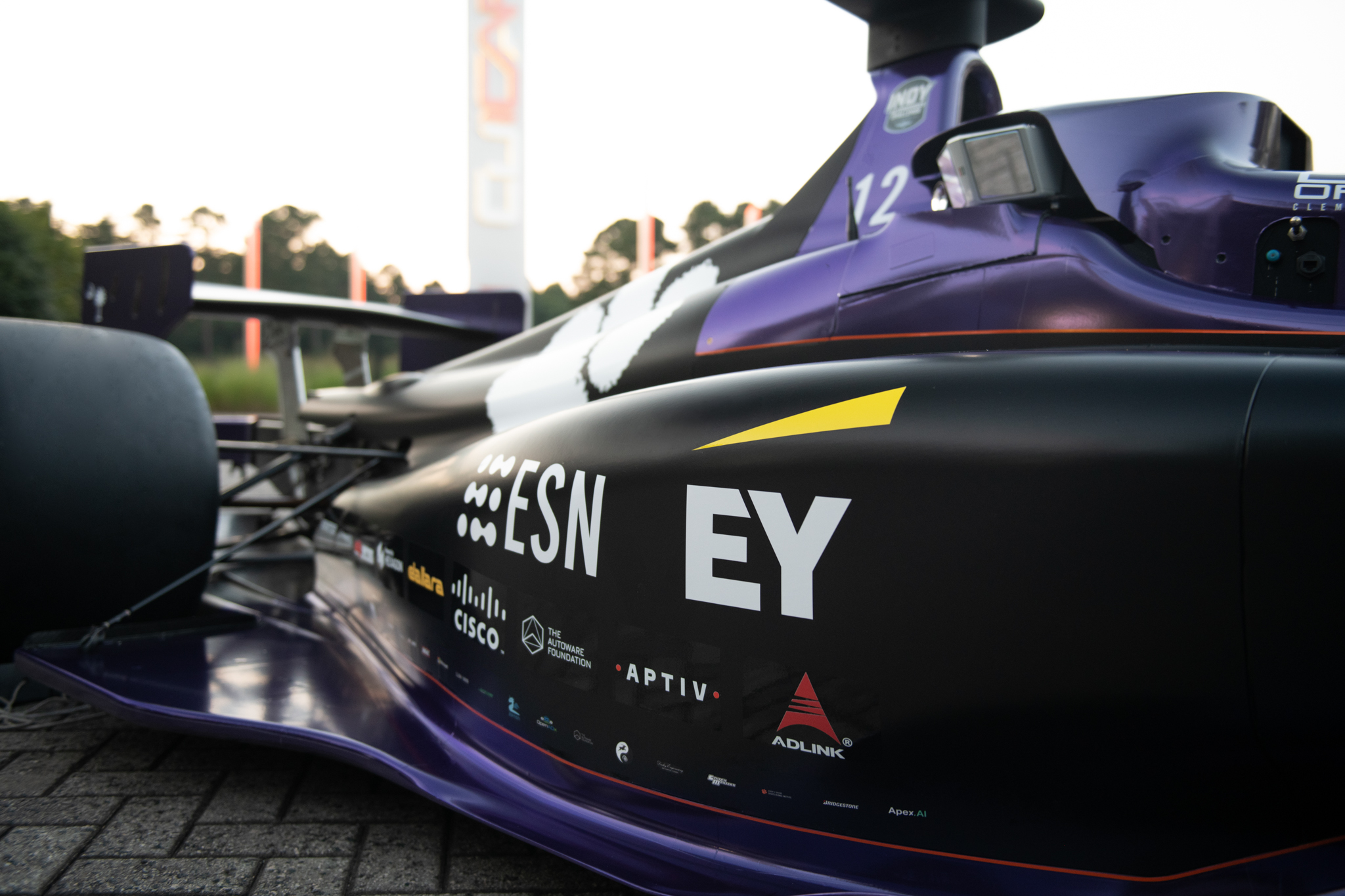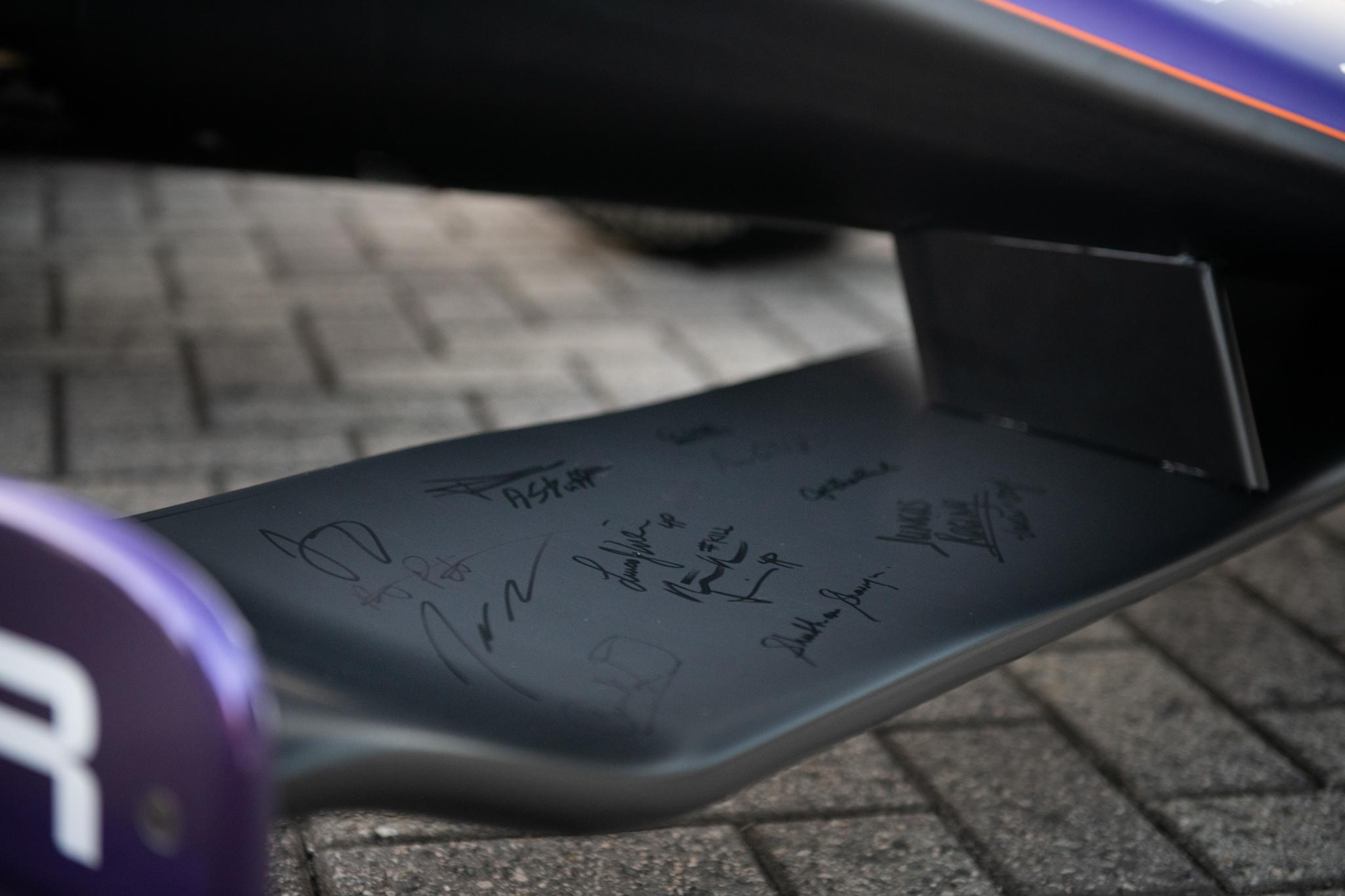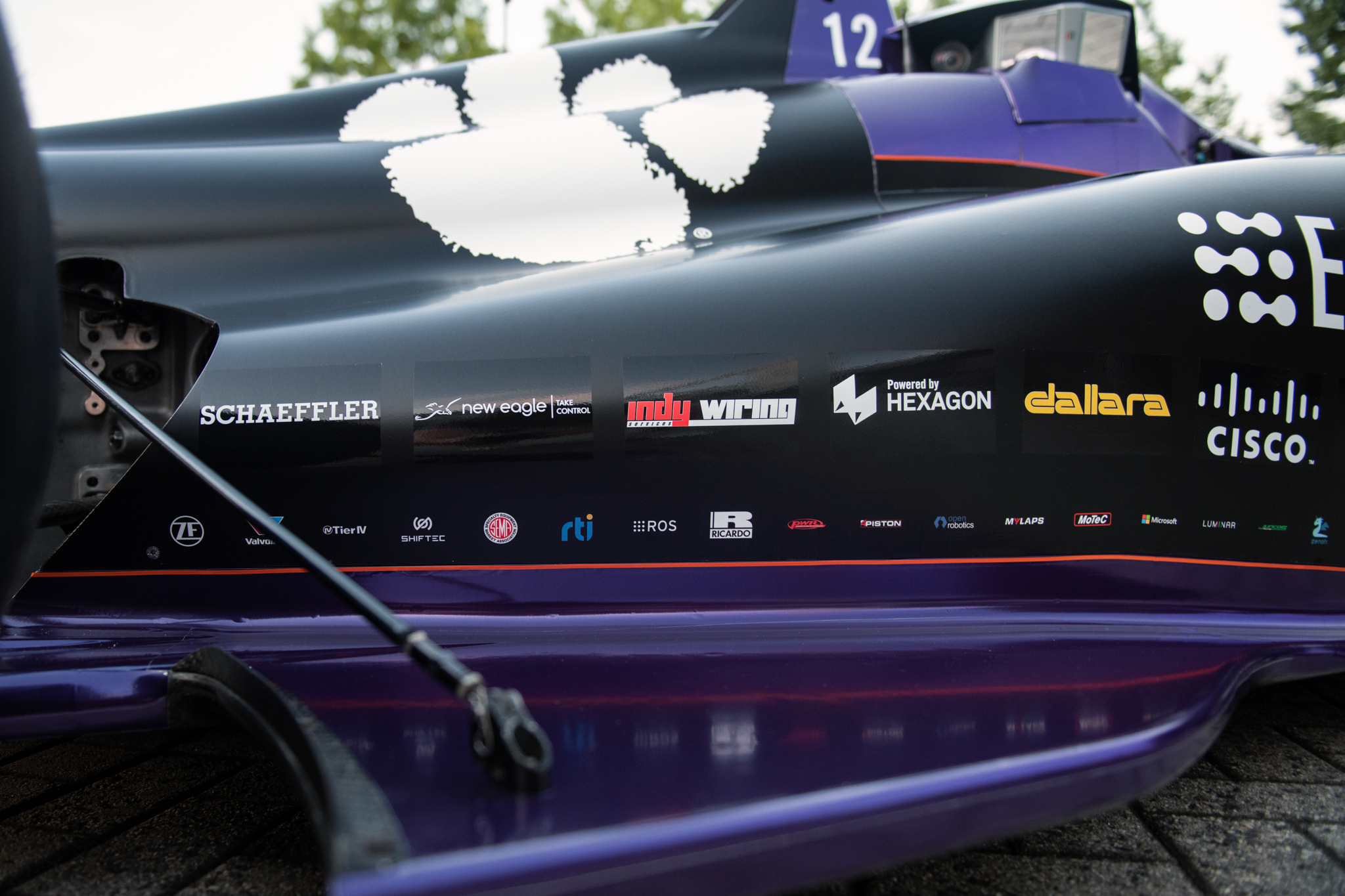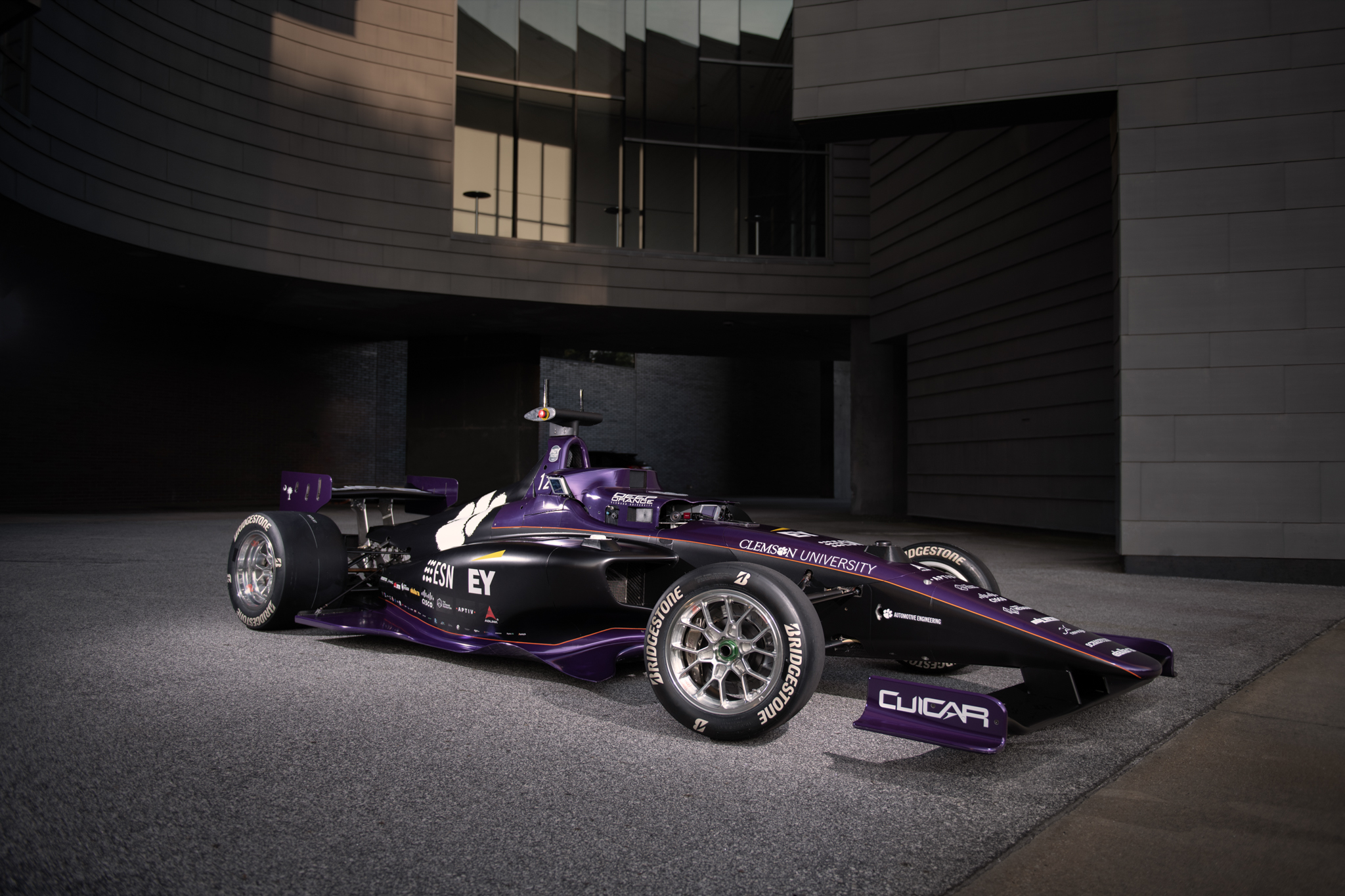DO12
High-Speed Driverless Racecar
Deep Orange 12
About
Deep Orange 12
For its 12th project, Deep Orange has partnered with the Indy Autonomous Challenge to produce a driverless high-speed racecar that will be used by university-based student teams participating in the competition’s final rounds.
Through this concept, the DO12 vehicle will serve as a highly visible platform to bring industry and students together to explore and develop innovative solutions around the future of autonomous mobility.
Deep Orange 12 students have engineered a driverless configuration that allows for head-to-head competition between multiple vehicles. Divided into five subsystem teams, the team designed an integrated hardware and software framework on the cutting edge of today’s motorsports technology.
Innovations in Autonomy at 180mph
Building a self-driving car at Indy speeds makes for unprecedented engineering challenges. Students must not only replace the driver’s interactions with the vehicle using electronic steering, brake and throttle controls, but also design a complex set of perception sensors and on-board computers to analyze the racing environment. These systems include a suite of lidars, radars, cameras and high-precision GPS systems to mirror the way human drivers receive and process information. These details serve to locate vehicles on the track and strategize how to beat the competition. The Deep Orange team also designed a powertrain specifically to meet the requirements of autonomous racing.
From Concept to Completion
As part of the graduate automotive engineering program at CU-ICAR, students are given the unique opportunity to create and build a concept vehicle.
The project showcases advanced technologies and provides students an opportunity to work directly with automotive industry partners and experience all phases of the product development process.
Finished Vehicle
Deep Orange 12 has taken the lead in the race to create safe autonomous driving systems. The 40-student team collaborated with 38 industry partners to design and produce the components, software and capabilities required for autonomy at 180 mph.
Along the way, they transformed the industry’s expectations for autonomous driving and earned prestigious roles with leading automotive companies.
Partners
A PROJECT MADE POSSIBLE THROUGH COLLABORATION









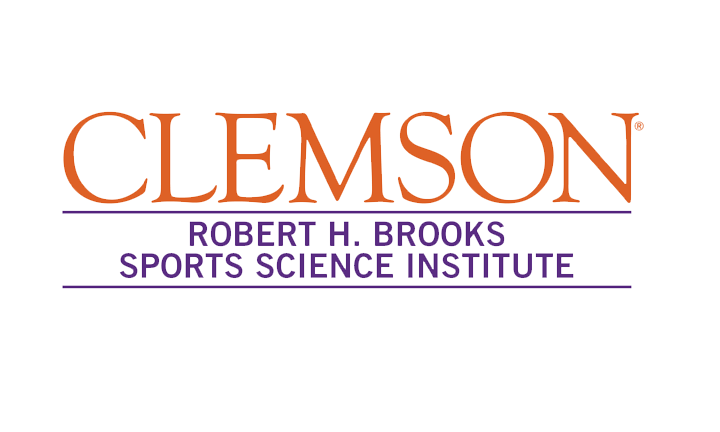
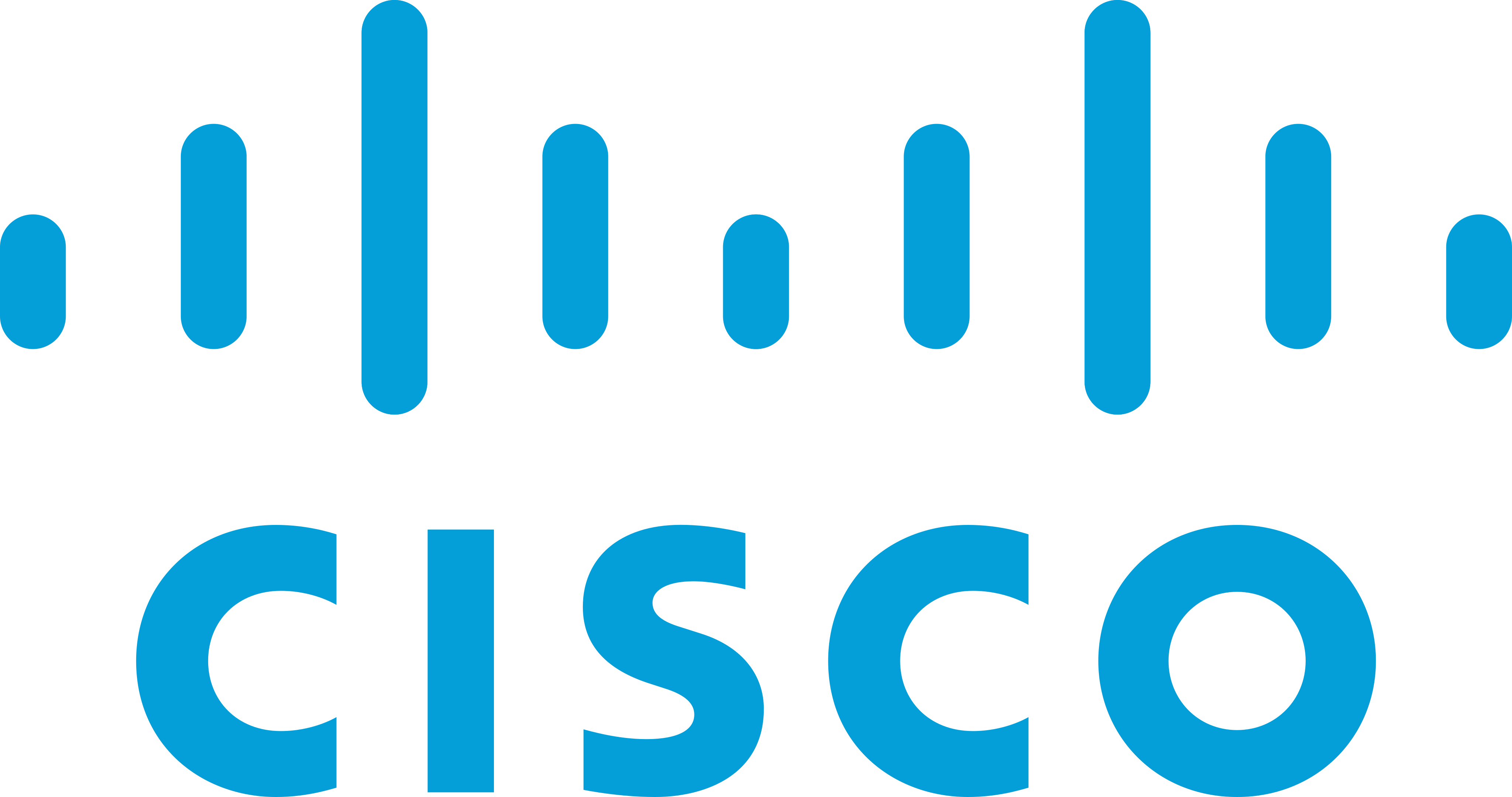





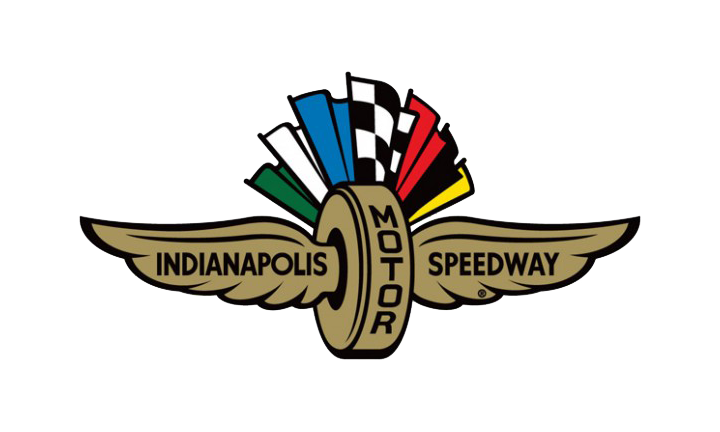









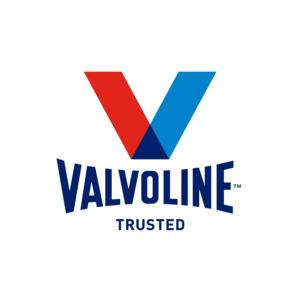


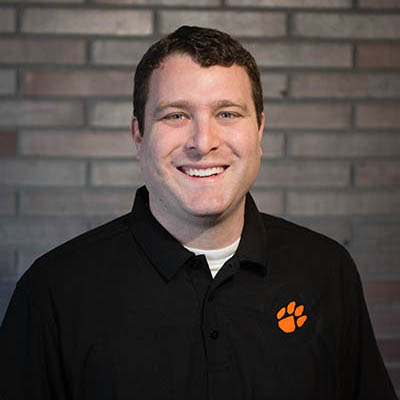
Robert Prucka
Project Lead Faculty
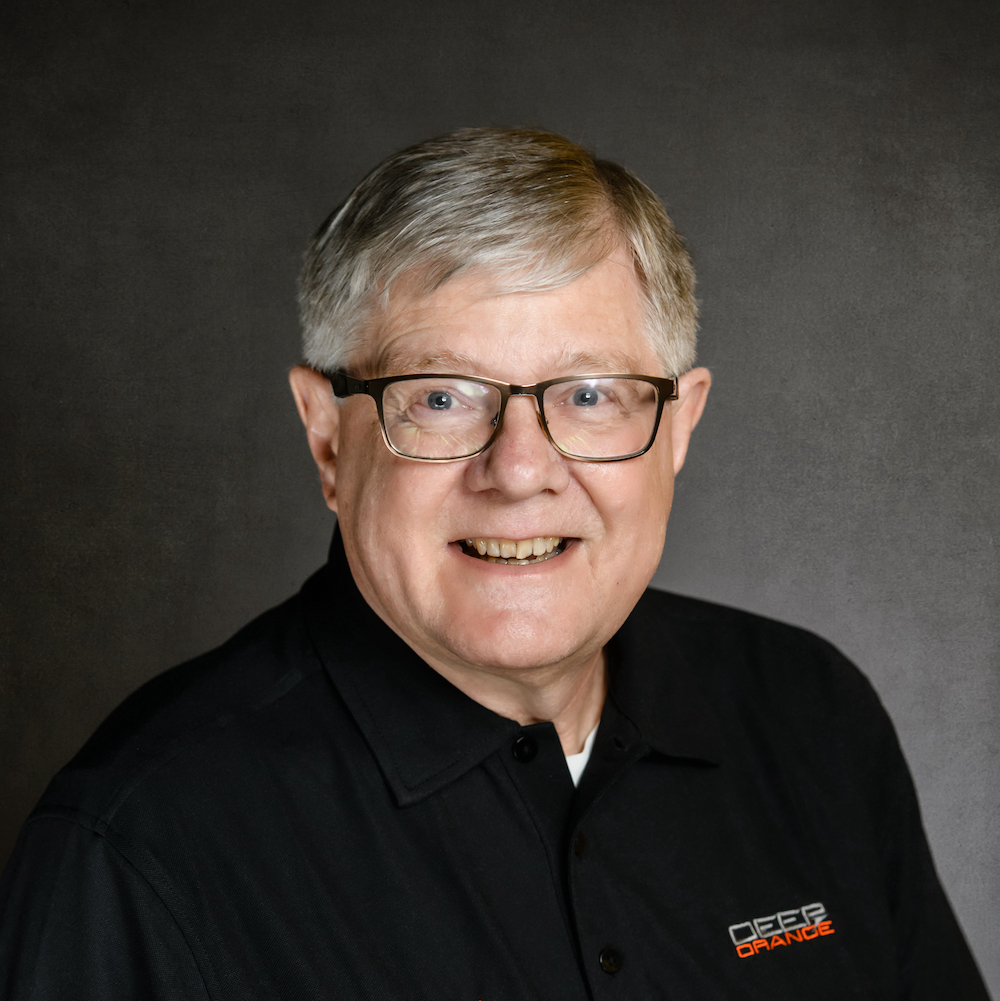
David Schmueser
Faculty Advisor, Structures

Matthias Schmid
Faculty Advisor, Autonomy

Qilun Zhu
Faculty Advisor, Vehicle Dynamics

Yunyi Jia
Faculty Advisor, Autonomy

Anshul Karn
Project Manager

Marco Rossi
Project Manager



